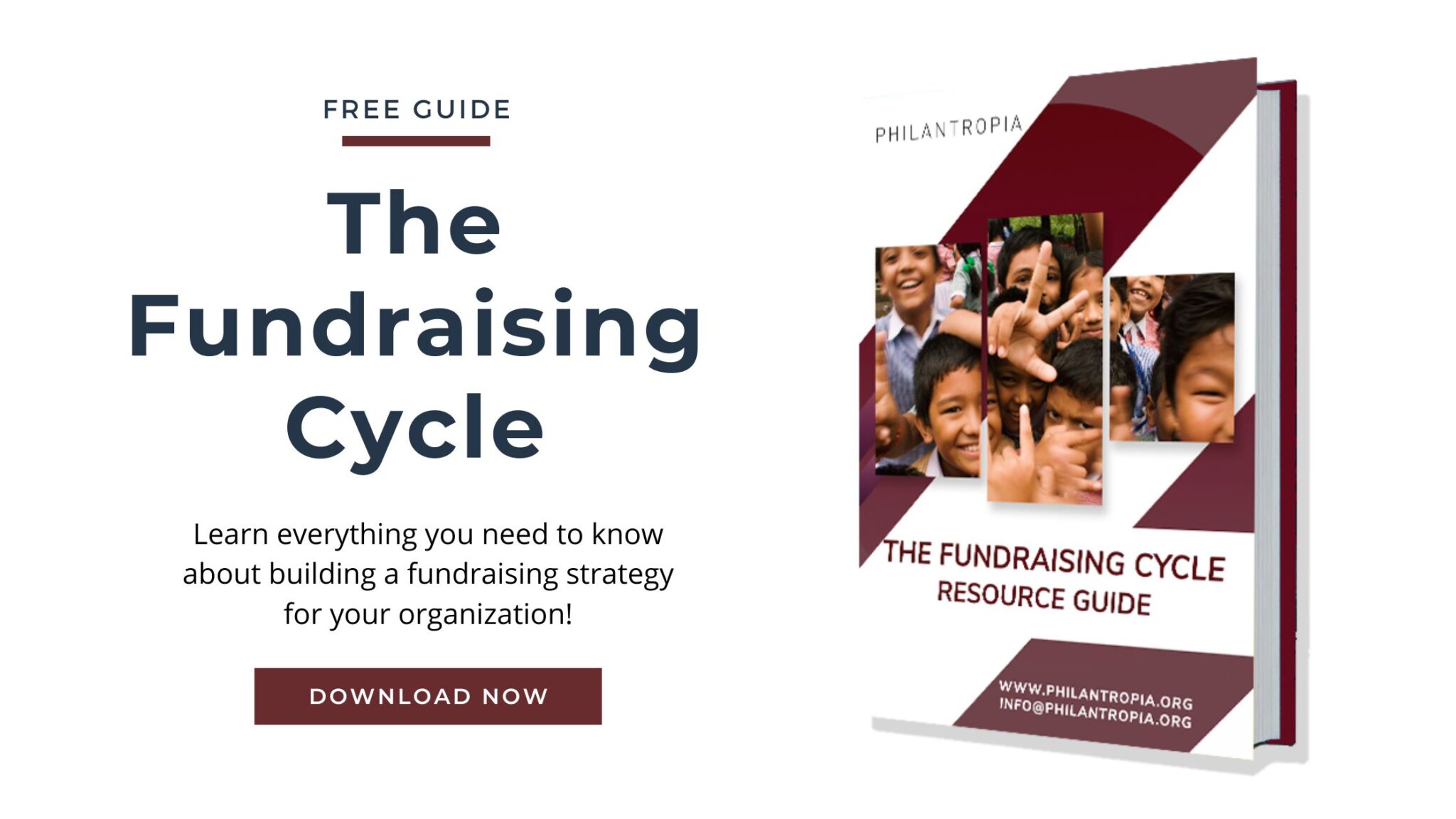There are many possible ways to write a proposal introduction. Some proposals may begin with a project rationale, executive summary, project background, etc. But no matter how you decide to write the introduction, there is still a good chance you are making at least one of these three mistakes.
Giving too much information
The project introduction provides a great opportunity for you to engage with donors. You cannot accomplish this by bogging them down with facts and figures and details right from the beginning. It is true that donors often require a lot of information about projects before granting funding. And even if they do not directly ask, presenting many of the project details is one way to prove that your NGO has spent a lot of time and effort in designing the project. However, these details do not go in the introduction.
The project introduction is usually only one page or less in length; squeezing as many details as possible in such limited space is counterproductive to engaging the donor. Instead, choose a main idea or message you want the donor to remember and focus on that. Paint your project in broad strokes so that the donors get a general sense of what you are trying to accomplish and why. You have the entire rest of the proposal to provide details later.
Of course, there are some details you may want to include in the introduction. A few carefully selected statistics can be very useful here. However, details about the project activities, expenses, unrelated statistics, etc. are better off placed in their respective parts of the application, not the introduction.
Not writing about donor priorities
It is important to engage donors right away in your introduction. But even if you write a great summary, you also have to show that your project is of interest to the donor based on their stated priorities. Donors receive many more proposals than they could ever fund; so if they do not feel your project is relevant to them, then they might not even finish reading it. For example, if a donor is mainly interested in women’s initiatives but only sees a description of your education innovations in the introduction, the donor may not even read past the first page.
You need to make sure that all donor requirements are easy to find just by skimming the proposal. However, this does necessitate including every possible donor priority in the introduction. Make sure to should broadly how your project fits with the donor’s priorities, such as the matching sector and beneficiaries.
Talking too much about your NGO
This may sound harsh, but most new donors care little about your NGO; they only care about the people you are supporting. Donors give money to NGOs not to support the NGO but to support the work. NGOs are just the vehicle. Of course, not all donors think this way. Donors that have personal ties or have given grants in the past might have stronger connections to the NGOs they fund. However, it is important to remember donors are most concerned about beneficiaries. The introduction is a great place to discuss who your project is designed to help, what challenges this group faces, and how your project will make a lasting difference in their eyes.
Broadly speaking, I recommend only mentioning the name of your NGO once in the introduction, and only one line about what you do. Make sure this mention is in context with the rest of the introduction. There is plenty more space for a full organizational profile later in the proposal.




